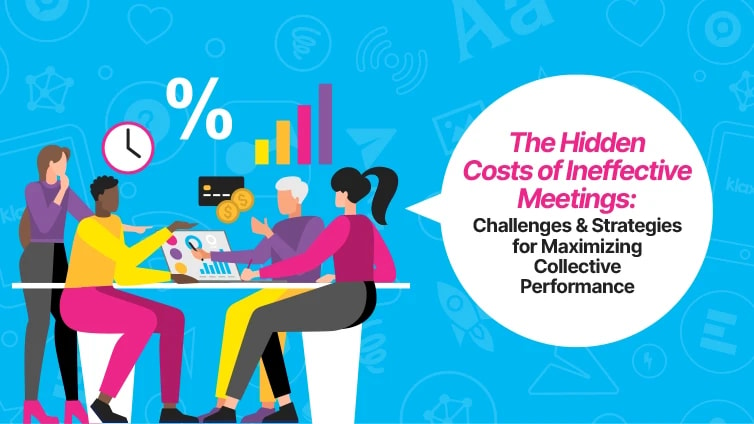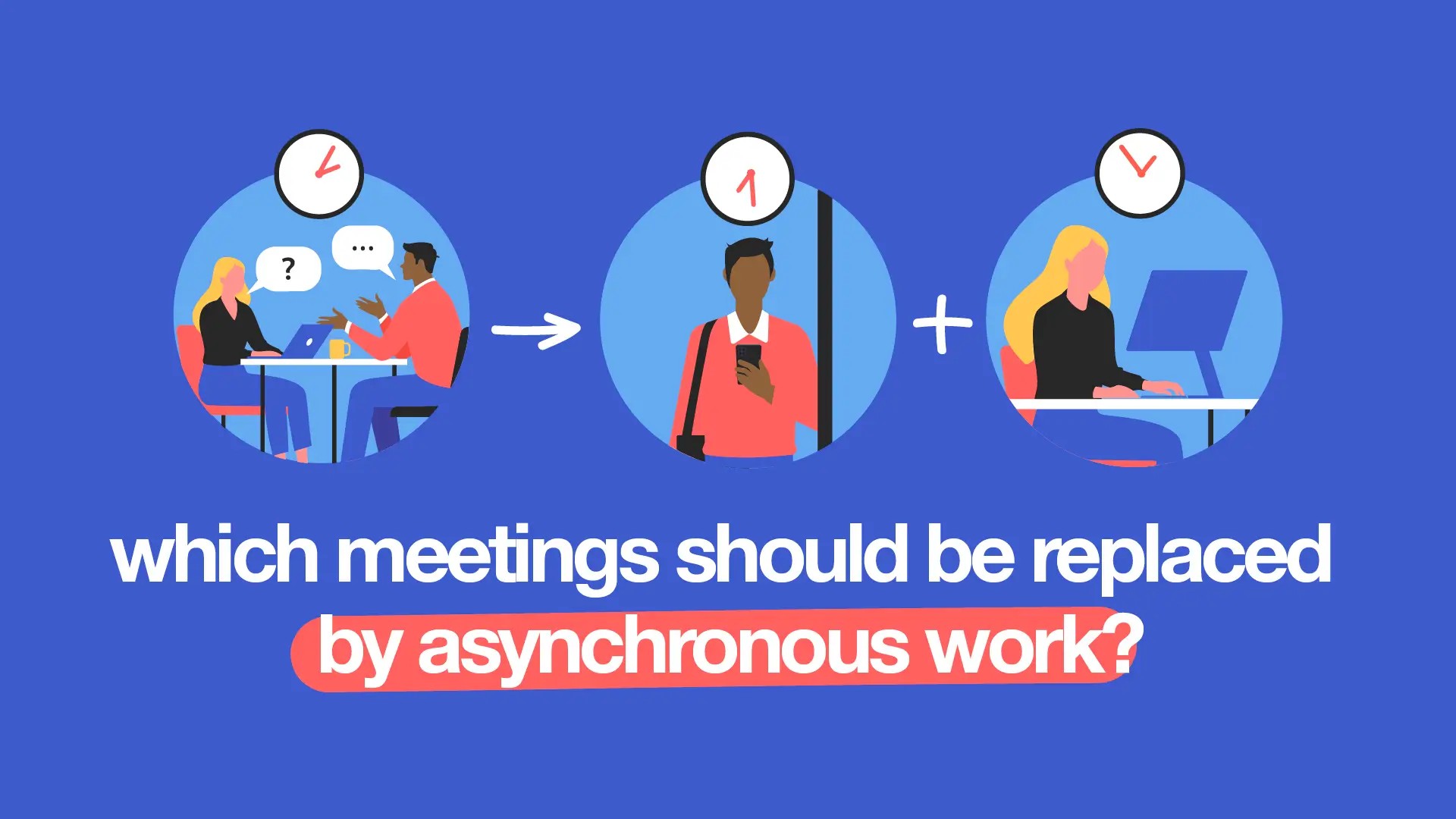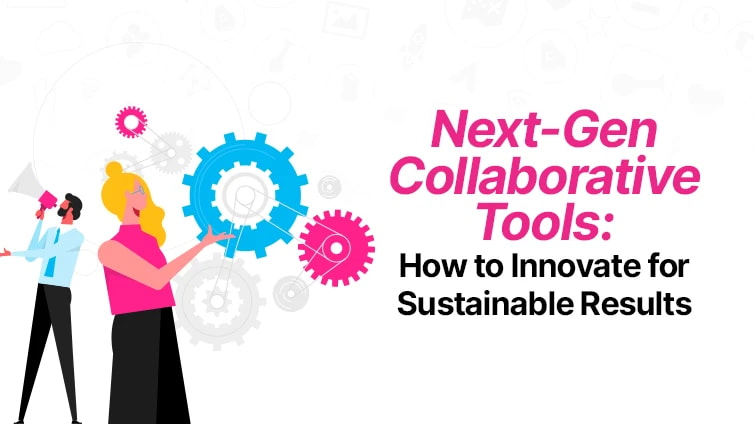7 methods to organize high-performing leadership meetings
Executive summary:
Does this sound familiar? You walk into a leadership meeting, coffee in hand, and find out someone is about to pull up a 72-slide PowerPoint. Another person will derail the agenda with an endless debate about synergy at work. Ultimately, despite two hours of intense head-nodding, nothing will get done.
Leadership meetings have a reputation. Too long, unfocused, and occasionally hijacked by the loudest voice in the room. However, when done right, they are not just a necessary evil. This is the difference between a well-oiled business and a group of well-paid professionals staring blankly at each other on Zoom.
The good news? It does not take a corporate revolution to fix your meetings. A few strategic changes can turn them from energy-draining marathons into productive, decision-making powerhouses. Here is how:
- Use a structured meeting framework: Give your meetings structure so they don’t spiral into aimless discussions.
- Set clear objectives beforehand: If you don’t know what success looks like, you won’t achieve it.
- Prioritize key topics with time limits: No one needs a 40-minute deep dive on secondary issues.
- Ensure pre-meeting preparation: If attendees see the agenda for the first time during the meeting, they will have less time to prepare their contributions.
- Utilize collaborative technology: Whiteboards and sticky notes are great, but visual collaboration can take you further.
- Encourage open dialogue and decision-making: The best ideas don’t always come from the person who talks the most.
- Follow up with clear action items: Because “let’s circle back” is not a concrete strategy.

Reduce the visible and hidden costs of your meetings by learning how to create an engaging and productive meeting space for everyone.

The clock ticks. The conference room hums with an uneasy quiet. Laptops open, eyes darting between unread emails and the slowly filling seats. A few executives lean back, arms crossed, waiting. Someone coughs. Then, at precisely three minutes past the hour, the meeting begins.
It starts well enough. A recap, a few nods, the illusion of progress. But soon, the conversation drifts. A debate about last quarter’s numbers turns into a post-mortem on a project from two years ago. A question about team efficiency spirals into a reflection on workplace culture. Someone suggests a follow-up meeting. The clock ticks again.
Leadership meetings are intended to drive progress, yet they often consume more time and energy than they generate efficiency. Adrift in half-finished thoughts, sidetracked by personal agendas, and weighed down by the need for consensus. The result? More meetings, fewer decisions, and a team left wondering why they even gathered in the first place.
However, it does not have to be this way. A well-structured leadership meeting creates clarity, strengthens collaboration, and drives decisive outcomes.
In this article, we will break down the common pitfalls that make leadership meetings ineffective and the methods that transform them into powerful, high-performing sessions that move the business forward.
What is the purpose of leadership meetings?
Leadership meetings are where big decisions are supposed to take shape. When executed properly, these gatherings are intended to foster a company's future, challenge stagnant thinking, and remind leaders of the power of collective action.
1. Setting the course before the ship drifts
A company without a clear vision is like a ship without a compass. Drifting aimlessly, hoping the tide will take it somewhere profitable.
A leadership meeting creates the space to refine long-term strategy, realign teams, and ensure everyone is rowing in the same direction. It is a chance to step back from the daily chaos and ask: where are we going, and why? Without this, leaders risk making decisions based on urgency rather than strategy.
2. Breaking down silos before they turn into fortresses
Departments love their own worlds. Marketing speaks in brand voice. Sales chase new deals. Operations work to foster efficiency.
A leadership meeting gathers these different visions into the same room, making them listen, collaborate, and, ideally, leave with a shared understanding.
3. Learning from those who have been there, done that
Smart leaders know they do not have all the answers. That is where guest speakers, industry panels, and case studies come in. These sessions inject fresh perspectives, challenge outdated strategies, and offer real-world insights that can be put to use immediately.
It is like skipping years of trial and error by borrowing wisdom from those who have the right expertise.
4. Giving teams a vision of the company’s culture
Company culture does not run on autopilot. Leaders and their teams need reminders of why their work matters beyond quarterly targets and boardroom politics.
A great leadership conference reignites that sense of purpose, reinforcing the bigger mission. It also reminds executives that their teams are watching, taking cues from their energy, vision, and ability to lead with conviction.
5. Creating space for real innovation
Daily operations are where fires get put out. Conferences are where new ideas catch fire.
By stepping away from endless meetings and email chains, leadership teams can focus on big-picture thinking, challenge industry norms, and craft strategies that move the company forward. This is the difference between reacting to change and creating it.
How meeting efficiency directly impacts team performance
There is nothing quite like the slow, ineffective experience of a poorly run leadership meeting. The kind where people talk in circles, nobody takes responsibility, and the only real outcome is scheduling yet another meeting to figure out what should have been decided in this one. It is an expensive and time-consuming waste that impacts both momentum and morale.
- Decisions drag on endlessly because no one wants to commit.
- Confusion spreads because people pretend to understand what was said rather than ask for clarity.
- Time gets wasted when leaders spend more energy discussing work than actually doing it.
- Morale drops because sitting through pointless discussions is exhausting.
That said, when leadership meetings are structured, focused, and efficient, everything changes. Communication is clear, decisions happen faster, and teams execute instead of endlessly strategizing.
Meetings stop being an obligation and start being a tool for real progress. If leadership cannot run a meeting effectively, how can they expect their teams to operate at a high level?
It starts at the top.
What to say in a leadership collaboration session?
A leadership collaboration session is a focused space designed to drive progress, align teams, and make meaningful decisions. Every discussion should serve a clear purpose. Whether that is setting strategic goals, addressing pressing challenges, or refining execution. Without structure, meetings become distractions rather than drivers of success.
Start with alignment. Define the company’s key objectives and ensure everyone understands how their role contributes to them.
Next, tackle challenges before they escalate. Ignoring small inefficiencies now leads to bigger problems later. Use real data, not assumptions, to measure progress. Metrics provide clarity, keep discussions objective, and help separate what is working from what needs adjustment.
Once the issues are on the table, focus on solutions. Assign clear ownership for each action item, set deadlines, and make accountability a priority. Leadership meetings are only valuable if they lead to real execution.
Finally, speak with purpose, listen with intent, and leave knowing exactly what needs to happen next. When structured well, a leadership collaboration session moves a company forward rather than holding it back.
How often should you have leadership meetings?
Time is our most precious resource, yet we often squander it in endless meetings that could have been asynchronous messages. Studies reveal that executives spend nearly 23 hours weekly in meetings, with a significant portion deemed unproductive.
However, the reality of organizational dynamics necessitates some face-to-face (or screen-to-screen) interactions. The key is to balance necessity with efficiency.
For most organizations, a weekly or bi-monthly leadership meeting suffices to address pressing issues without overwhelming participants.
Smaller teams or startups might find that monthly meetings are adequate, allowing leaders to focus on execution rather than constant strategizing. Conversely, larger organizations with complex structures may require more frequent touchpoints to ensure alignment across departments.
Ultimately, the frequency of leadership meetings should reflect the company's size, leadership structure, and specific business objectives. Regularly evaluating the effectiveness of these meetings can help in fine-tuning their occurrence.
7 proven methods to organize high-performing leadership meetings
Effective leadership meetings are the backbone of strategic decision-making. Yet, too often, they become bloated discussions with little follow-through, wasting valuable executive time. Here is how to run leadership meetings that are productive, focused, and worth every minute.
1. Establish a structured framework for discussions
A successful meeting requires more than an agenda, it needs a framework that aligns discussions with business priorities.
Models like the Steering Committee method help streamline decision-making by defining roles, setting clear expectations, and keeping conversations goal-oriented. A structured approach ensures meetings remain focused and actionable rather than reactive and unfocused.
2. Define objectives before the meeting begins
Before gathering, clarify the purpose and expected outcomes so participants come prepared with relevant insights.
Whether the goal is to resolve a pressing challenge or review strategic initiatives, defining it upfront directs the discussion towards a meaningful resolution.
3. Focus on high-impact topics with time constraints
Not all issues deserve the same level of attention. Prioritize agenda items based on their impact, allocate time slots accordingly, and move swiftly through secondary concerns.
Prolonged discussions on minor topics derail productivity and dilute the focus on pressing business matters.
4. Require pre-meeting preparation from all attendees
The most effective meetings start before anyone steps into the room.
Distribute key materials in advance so that participants can review relevant reports, metrics, and discussion points. Leveraging tools like Klaxoon’s Meeting Agenda template can improve engagement, making conversations sharper and more data-driven.
5. Leverage technology to enhance collaboration
Digital collaboration tools allow real-time feedback, streamline decision-making, and keep remote participants engaged.
Whether using live polling, shared documents, or interactive whiteboards, the right technology transforms meetings from passive discussions into dynamic strategy sessions.
6. Facilitate open dialogue to make impactful decisions
A leadership meeting should be a space where ideas are challenged, risks are debated, and key decisions are made.
Encourage open dialogue while maintaining a structured approach to prevent conversations from veering off track. Effective leadership means balancing diverse perspectives with the need for decisive action.
7. Conclude with clear action steps and accountability
The value of a meeting is measured by what happens afterward.
Summarize key takeaways, assign clear ownership for next steps, and establish deadlines to guarantee follow-through. Without defined accountability, even the most insightful discussions will fail to drive real business impact.
Conclusion
Ineffective leadership meetings drain time, stall decisions, and frustrate teams. When discussions lack structure and accountability, businesses suffer not just in wasted hours, but in lost opportunities, misalignment, and poor execution. This is how a meeting that should drive progress instead becomes a recurring roadblock.
However, purposeful, concise, and action-driven leadership meetings become powerful tools for growth. Clarity replaces confusion, decisions are made, and teams move forward with confidence. When run well, these meetings drive the business forward and become real catalysts for action.

When used properly, asynchronous work can replace at least half of your meetings, making them much more productive. Here is how.

Unlock your teamwork potential
For free, make your first steps to top-tier work efficiency with the Klaxoon Work Collaboration Platform.
